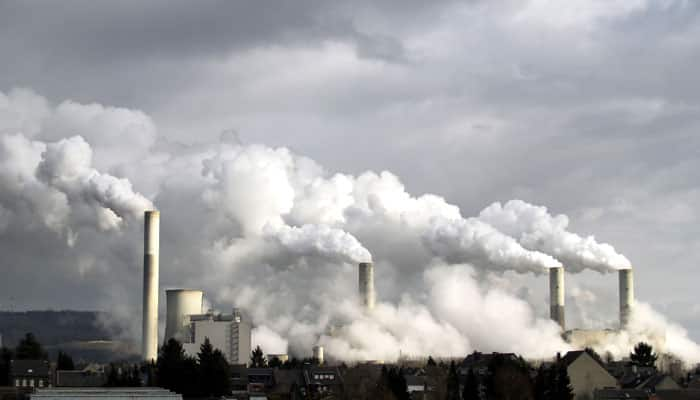Irengbam Jenny
Prime Minister Narendra Modi announced the commencement of India's first ever Air Quality Index (AQI) on 6th of April, 2015. The index has been launched to provide real time information about pollution levels which will initially monitor air quality in 10 cities of the country.
For now, the air quality can be measured in Delhi, Agra, Kanpur, Lucknow, Varanasi, Faridabad, Ahmedabad, Chennai, Bangalore and Hyderabad.
Each of these cities will have 6-7 continuous monitoring stations with Air Quality Index display boards, as said by the ministry.
In 2014, out of 178 countries, India ranked 174 for air quality in Environmental Preference Index and the move is indeed much needed to control air pollution in the country. What is more worrying is that during a survey by World Health Organisation (WHO), it was found that out of the 20 most polluted cities in the world, 13 were in India. At a time when the world is trying to fight the rising pollution levels and its effects on human health, this index will help in keeping a tab on the crisis in our own country.
The index is accessible through the Central Pollution Control Board website and it takes the user to the homepage of the portal. It is designed to have 'one number, one colour and one description' style to keep the public informed about the air quality in their city in a simple and easy way.
It utilises a global standard to understand air quality, takes into account the various parameters available and presents it as a cumulative figure on a six-colour-coded scale. Simply put, dark green colour in the air quality index denotes the cleanest and maroon colour denotes the most polluted air.
Environment Minister Prakash Javadekar speaking about future plans, stated that the index will be expanded to 46 cities(with a population of one million or more) and 20 state capitals in the next few years.
What is Air Quality Index?
Air Quality Index is a scale for measuring the quality and levels of air-pollutants that have an adverse impact on a large percentage of the population's health and environment.
The index has been developed by Central Pollution Control Board in consultation with IIT-Kanpur and a group of experts comprising medical, air-quality professionals and other stakeholders.
AQI has been categorised into six sections, namely 'Good', 'Satisfactory', 'Moderately Polluted', 'Poor', 'Very Poor' and 'Severe'.
How does AQI works?
Air Quality index measures the air quality from places of a city. For now, Delhi has five stations from which air quality can be measured.
After taking the comprising air pollutants in the index, a colour indicator would show the quality of the air. It lists out the pollutants of the time as well.
The index has a map of the city on the left with a more detailed composition of pollutants like Nitrogen dioxide, Carbon monoxide, particle pollution, Sulfur dioxide etc., complete with their levels and average figures.
It has a scale that ranges between zero-500 with six different colour levels, against a number that represents the quality of air. If the scale is higher, it indicates that the air is of worse quality.







